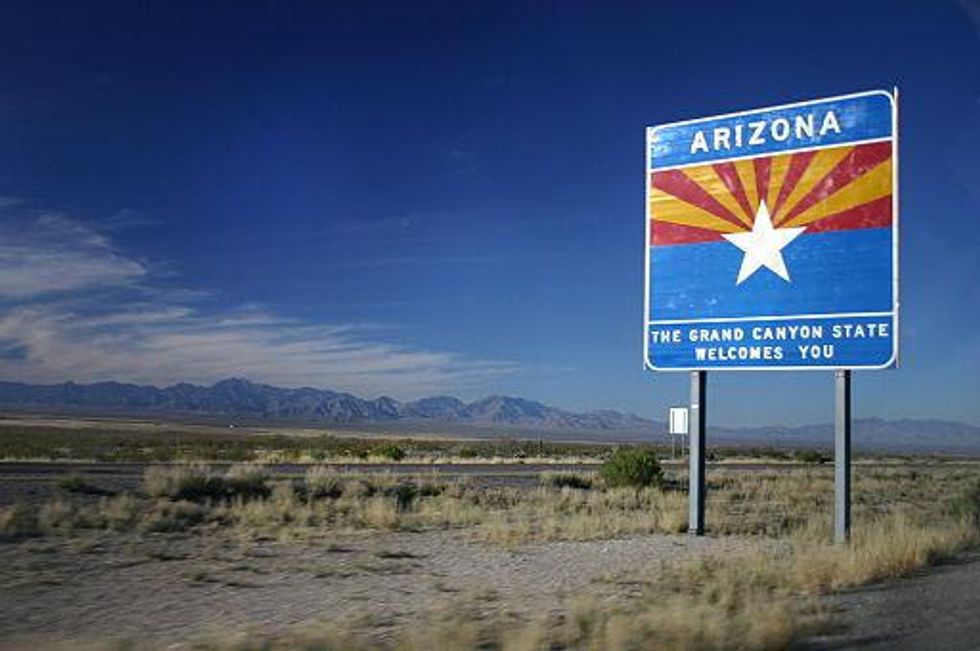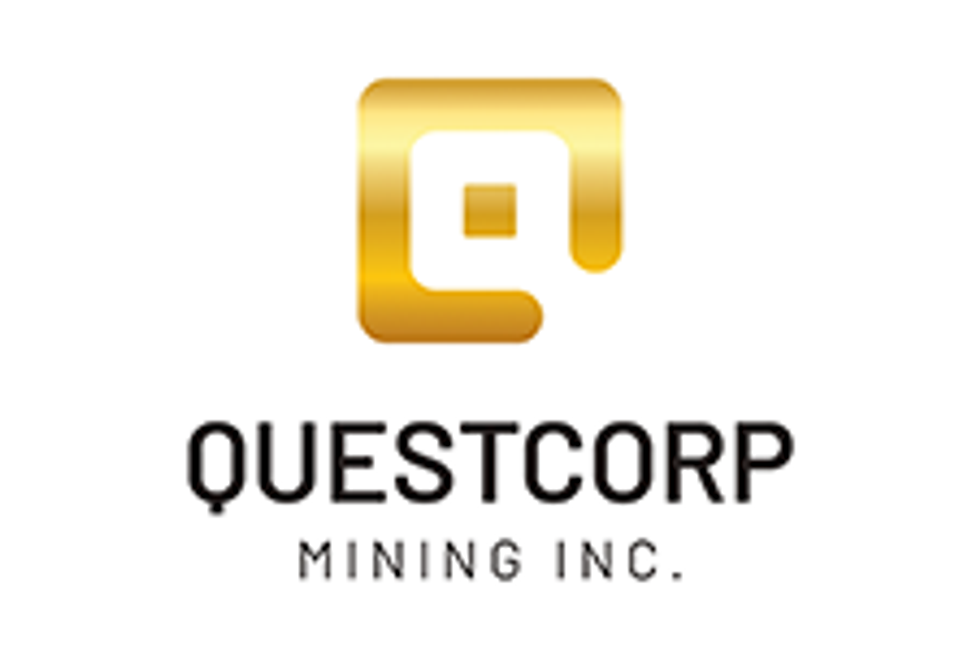Low-cost Copper Mining: Excelsior Mining CEO Talks ISR in Arizona
Excelsior Mining turned heads a few weeks ago with the release of its prefeasibility study for the Gunnison project in Arizona. Copper Investing News spoke to CEO Stephen Twyerould to learn more about what makes the project’s economics so good.
Excelsior Mining (TSXV:MIN) is working on developing the Gunnison project, located in the copper porphyry belt in Arizona. At first glance, developing a copper project in Arizona might not turn many heads. However, add low-cost production, a pre-tax net present value of $1.24 billion (discount rate of 7.5 percent) and a 59.7-percent pre-tax internal rate of return (IRR), all while using a copper selling price of $2.75 per pound, and you’ve got something to talk about.
When Excelsior released its prefeasibility study on January 17, the market paid attention, shooting the company’s share price up an impressive 358 percent. While some of that hype has calmed, the fact remains that Excelsior holds one of the lowest-cost copper projects in North America.
According to Excelsior’s study for the Gunnison project, the “acid plant” option indicates that with an annual production rate of 110 million pounds of copper for the first 14 years of a 20-year mine life, and a total of 1.683 billion pounds of copper produced, the company is looking at an average life-of-mine operating cost of $0.68 per pound. The initial capital costs for the project (excluding sustaining capital) are expected to be $284.74 million.
One of the features that has resulted in such positive economics for Gunnison is its amenability to in-situ recovery (ISR). Investors are most familiar with ISR when it comes to mining uranium or potash deposits. However, while this type of mining is not common practice when it comes to copper, it has been done before.
To learn more about ISR and how it relates to copper, Copper Investing News (CIN) spoke with Excelsior’s CEO, Stephen Twyerould.
CIN: Excelsior plans to mine its copper using ISR techniques, which are more well known for uranium and potash mining. How do theses techniques apply to copper mining?
ST: The main point that I like to get across is that it’s not a science experiment; it’s not new technology. Basically, what we’re doing is the same thing that you find in the uranium space; it’s all off-the-shelf technology. You drill a central injection well that’s surrounded by recovery wells. Using your central injection well, you feed in a weak acidic solution that dissolves the copper underground. As an example, in South Australia they mine uranium using ISR by injecting a very weak sulfuric acid solution. We would use a similar solution at our copper project.
When people hear about this process, people tend to think that the acid is going to spread everywhere; however, it’s not that aggressive. To get an idea of the process, imagine you have a glass of cola and it’s filled with ice. If you use a straw to drink the cola, then the cola will move through the ice cubes to the straw. This is what it is like with the recovery well in the ground, when we start pumping; it draws the water that’s underground towards the recovery well. If in a nearby well we supply the weak acid solution, then it is also drawn through the ground to the recovery well.
As the acid moves through the ground it dissolves the copper. It’s done in a controlled manner such that you’re never running an injection well without being completely surrounded by recovery wells that capture all the solution. This is all straight off the shelf technology from the uranium industry. There are some differences, but for the most part, they are the same.
CIN: Are there any specific deposit types that are best suited to ISR mining? How do you know if ISR mining is the right type of mining for your deposit?
ST: ISR is such great technology, and it produces such great economics that people say, “if it’s so good for copper why doesn’t everyone do it?” The reason is they can’t. You need a very special deposit.
Although the mineralization is not different from other copper oxide deposit, we can use ISR because our deposit sits below the water table, is naturally highly fractured, and the oxidized copper is sitting right on the fractured surfaces. These are unusual aspects of copper oxide deposits suitable for in-situ leaching which occur in Arizona more than anywhere else in the world. At one time, our deposit was sitting at surface. However, there was a large tectonic event in the Southwest United States called the Basin and Range faulting that essentially dropped our copper deposit down into a chasm and covered it over with dirt. The result was a highly fractured, oxidized, copper deposit sitting below the water table.
CIN: What are the advantages of ISR mining for copper?
ST: There are lots of advantages. First of all, there are a whole slew of environmental advantages, one of the biggest being that we can completely rehabilitate the mine when we are finished.
If you compare ISR mining to open pit, once you finish mining an open pit, there’s a big hole in the ground and a big pile of waste sitting next to it. Often the open pit fills up with water and it becomes acidic, which can create acid mine drainage problems. With our mining, all we’re doing is drilling wells. So once we finish mining in that area, we flush that area with fresh water, which flushes out any remaining acid. Once the acid has been flushed out, all we have to do is rehabilitate the wells by filling them in and taking off the top of the well so nothing remains above ground. At this point, the land can be re-used for whatever purpose you like – farming, housing development or industry. It’s completely rehabilitated; there’s no negative – the whole mine site is not out of bounds for the rest of time. It’s low impact.
And of course there are other things we don’t need like dust suppression, because we don’t make dust. We don’t use explosives, or make a lot of noise; we don’t have a lot of trucks driving around or consume huge amounts of diesel or electric. We have a very low environmental impact because we don’t do any of those things and we recycle nearly all of our water.
CIN: On the other side of that, are there any associated risks for Excelsior with ISR?
ST: In our particular mining environment, there’s no substantial risk. It has been consistently demonstrated that this type of mining can control the solution so that it doesn’t leak. Furthermore, in our particular case, there are carbonate rocks around our deposit so if anything did leak, it would be immediately neutralized by the carbonate. We believe the Gunnison project to be the most environmentally friendly copper mining project in existence today; it is the closest thing you will ever find to a green mine.
From a mining point of view, it’s low risk because it’s low cost. With in-situ mining, because your margin is so great, if the copper price drops you can still be in business. The low cost of the operation provides tremendous risk-management.
CIN: Are there any companies that compete with the Gunnison project?
ST: The short answer is no; there are no companies that I’m aware of that have the same sort of economic outcome that we have. The combination of low capital and low operating costs and IRR pretty much puts us well ahead of any of the competition. There is another in-situ project in Arizona, Florence Copper, they are also at the prefeasibility level.
CIN: According to the prefeasibility, the project has a copper recovery rate of 47 percent. How does that compare to industry standards?
ST: For industry standard ISR, that number is probably closer to 60 or 70 percent, depending on what you’re mining. The reason that we are low is because we apply a recovery factor; we factor our recovery back by a fair percentage because we prefer to be conservative. That means we have greater margin on the upside as we go forward.
CIN: What’s next for the company? Will you be looking for any additional funding in the near future?
ST: What we’re doing right now is that we’re looking at strategic plans going forward, including options for financing. Our preference is to find a long-term partner for the project – somebody who’s got the capacity to see us right through to the end of the feasibility and permitting and even into construction.
CIN: Excelsior Mining’s prefeasibility study was (very) positively received by the market. In your opinion, do you see that enthusiasm as an indication that investor sentiment relating to the market is improving?
ST: I think quality companies with strong projects are going to start breaking away from the pack. Those with the best projects and strong management teams are going to be rewarded in 2014 and we certainly are expecting such an outcome for Excelsior Mining.
Securities Disclosure: I, Vivien Diniz, hold no direct investment interest in any company mentioned in this article.
Editorial Disclosure: The Investing News Network does not guarantee the accuracy or thoroughness of the information reported in the interviews it conducts. The opinions expressed in these interviews do not reflect the opinions of the Investing News Network and do not constitute investment advice. All readers are encouraged to perform their own due diligence.





